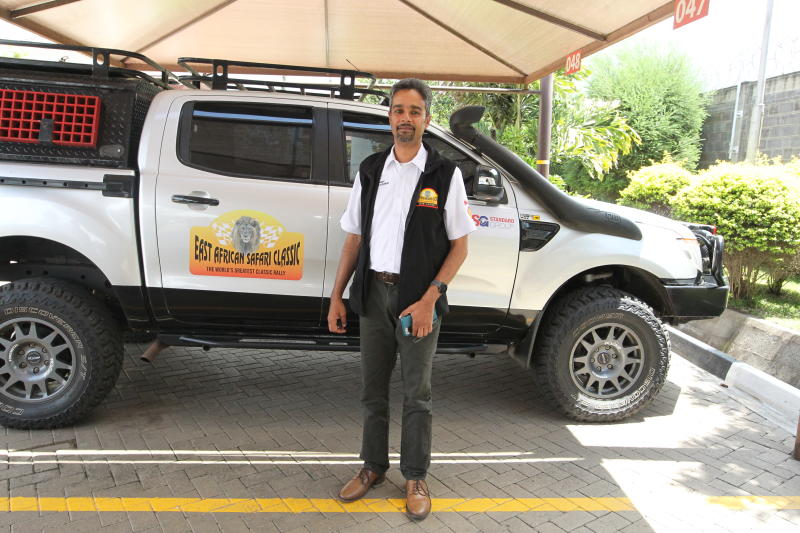×
The Standard e-Paper
Truth Without Fear

Clerk of the Course, Raju Chaggar during the launch of East African Safari Rally Classic at The Standard Media Group centre on Monday, January 17, 2022. [Jonah Onyango, Standard]
The tenth edition of East African Safari Classic Rally (EASCR) to be held on February 10-18 has 20 new stages.